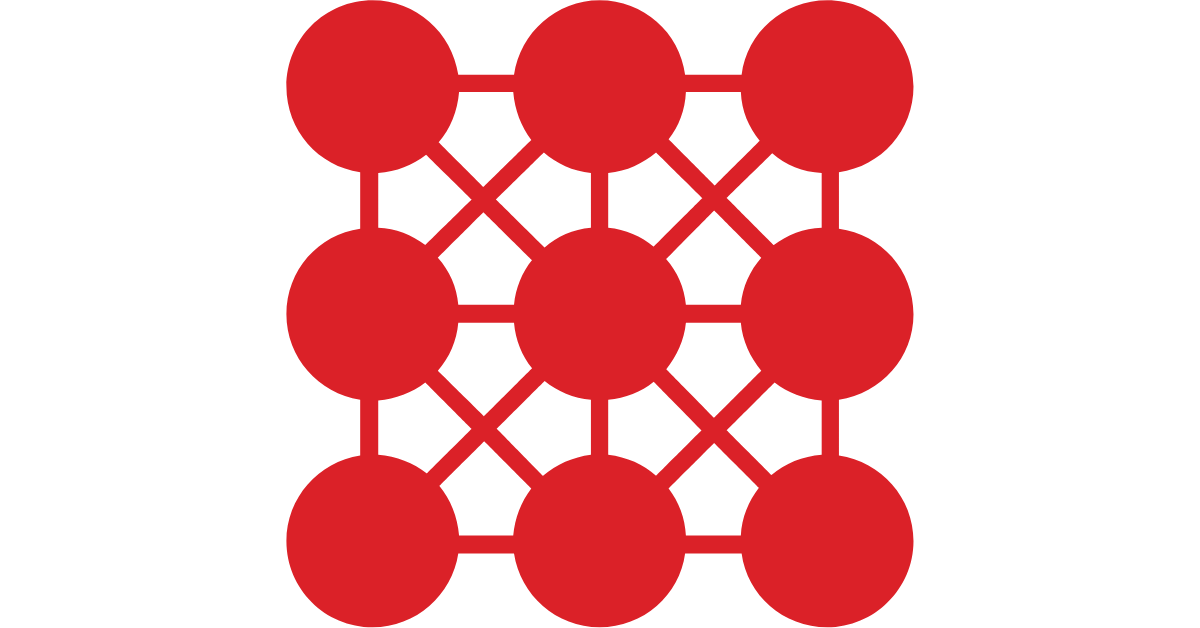Merging Art and Analytics: A Guide to the Future of PPC Performance Marketing
The shift in the Pay Per Click (PPC) landscape is palpable as focus shifts towards an equal emphasis on creative elements as well as numbers, statistics, and analyses. The challenge for performance marketing agencies is twofold: to adapt and leverage this change while also maintaining the delicate balance between creativity and data-driven strategies. This evolution in the realm of performance marketing calls for merging the intuitive element of art with the accuracy of analytics, painting a transformative picture of modern marketing strategies.
The digital age has given birth to Artificial Intelligence (AI) which is now revolutionizing creative optimization in PPC marketing. AI, with its limitless capabilities, allows marketers to leverage data for creative optimization. It empowers advertising managers and business owners to produce highly engaging and dynamic campaigns. However, this advancement doesn’t come without a bag of challenges. As AI takes higher precedence in creative operations, it demands a significant share of the creative team’s resources and efforts. There arise peculiar issues related to ownership, brand safety, and maintaining brand standards, compounded by the burden AI operations place on creative resources.
Navigating through these challenges demands a focus on ‘Asset Coverage.’ Performance marketers need to ensure a diverse set of creative assets —including videos, images, and text ads— that can flawlessly run on all needed platforms. This concept of optimal asset coverage becomes an essential driver in this fresh climate. Achieving optimal coverage uplifts your media plan and provides a robust recourse to the challenges introduced by AI in creative optimization.
Dwelling deeper into optimal asset coverage, an effective way to ensure this is by abiding by the 3x3x3 rule. This rule stresses on having three types of assets (video, image, and text ads), three asset aspect ratios (1×1, 9×16, 16×9), and three asset lengths. Each asset type commands its importance and field of effectiveness. For instance, while videos are a more engaging and immersive medium that increases recall value among viewers, text ads allow for a crisp conveyance of message and are highly effective in search engine marketing. Similarly, the asset ratios of 1×1, 9×16 and 16×9 cater to different platform requirements and viewer preferences, enhancing the reach and effectiveness of your campaigns. Additionally, assets of varying lengths diversify your reach and hold the potential to optimize audience engagement.
Striking a balance between art and analytics is critical for contemporary PPC. Performance marketers need to swim with this tide and adapt to incorporating creative and artistic elements into traditionally data-driven strategies. While AI magnifies the possibilities of creative optimization, the significance of comprehensive asset coverage cannot be undermined in this balanced approach.
A focus on embracing creativity and intuition in conjunction with analytical data will enable marketers to navigate this new landscape successfully. Adapting to this holistic approach brings in harmony between creativity and data-driven strategies, shaping the future of PPC performance marketing.
https://www.cjco.com.au/article/news/harmonizing-art-and-analytics-merging-creativity-and-data-driven-strategies-in-modern-ppc-performance-marketing/




